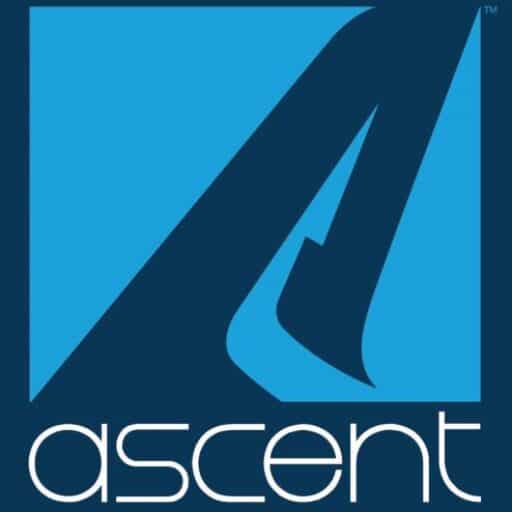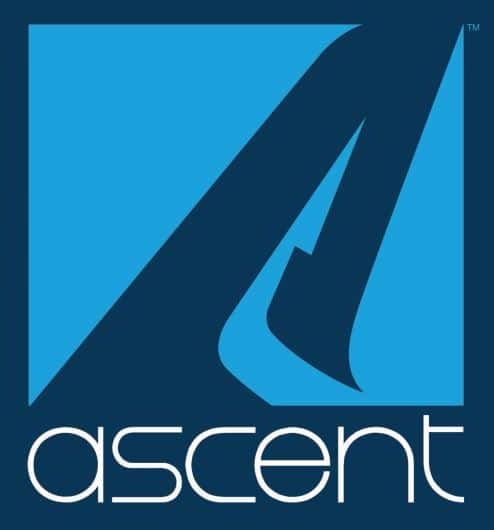Source: This article first appeared on the Orange County Register site here.
Sitting inside one of the egg-shaped pods at Ascent CVAC, a “wellness and performance center” in Newport Beach, you get the brief thrill of being in a sci-fi movie, living out an astronaut fantasy. As the pod “takes off,” and the air pressure inside the chamber swells and then plummets, you feel something is definitely going on inside your body.
All while you just sit there, checking your phone, or letting the mind wander: Hmm, I wonder how many push-ups Chuck Yeager could do?
Gadgets that purport to do the working out for you, if the kind sir or madam will only sit back and let it happen, have been around since the Industrial Revolution. Long before obesity was even a public-health issue, tinkerers built contraptions whose gears and pulleys would help generations of people lose weight, feel better and live longer.
Most were pure snake oil, and such devices have never overcome their own inability to prove that they do anything at all, other than fleece money from the desperate and the gullible.
And yet the public still craves the latest technology that promises some kind of reward with minimal effort, and companies are more than happy to keep developing products that purport to do just that. This symbiotic quest has turned up some innovations that, while still lacking complete certification from the medical and science communities, are giving users real results.
The most visually arresting example might be the Ascent CVAC (which stands for Cyclic Variations in Adaptive Conditioning). The $75,000 pods are made by Temecula-based CVAC Systems, and there are only about 30 in existence around the world. Ascent has three of them, and likely will add a fourth early this year, says CEO Heather M. Hiniker.
CVAC Systems says the pod works by vacuuming out air from the “cabin,” then replenishing it with fresh air. The technology is called hypobaric therapy, as opposed to hyperbaric chambers that saturate the user with oxygen. In CVAC, the rise and fall of air pressure, and the change in temperature and thickness of the air, produces the sensation of the ears popping, as during takeoff and descent on a jetliner. This can happen hundreds of times during a typical 20-minute session, and experienced passengers often zoom up to an “altitude” of 22,500 feet and just chill out there.
The “flight” is supposed to essentially trick the body into thinking it’s getting a workout. The process is said to improve circulation and endurance by increasing the production of red blood cells in the bone marrow. Some users also have reported sleeping better, since the change in altitude can stretch out the Eustachian tubes and clear the sinuses. Others say it has helped reduce inflammation, alleviating pain from old injuries.
Hiniker, 37, started Ascent two years ago and says before then, she had rheumatoid arthritis so bad she could barely function.
“I’d wake up in the morning and my hands were like stuck shut, and I’d have to manually pry them apart, try to put them under hot water,” she said. “I couldn’t even dress my 5-year-old at the time, it was so bad. And then little by little, within six weeks (of using the CVAC pods), I started to notice, ‘Oh my God, my knees, I can walk up the stairs again. Oh good, my feet, I can wear shoes again.’”
Because the pod is not FDA-approved as a medical device, Hiniker can’t make any claims to its therapeutic benefits in advertising. And although there is medical literature backing the manufacturer’s claims – a 2006 University of Hawaii study noted improvement in oxygen capacity after four weeks of pod use; and a 2012 Stanford study said middle-aged men in danger of developing diabetes or heart disease improved their blood-glucose markers after 10 weeks of use – the body of science isn’t extensive.
But Ascent’s regular clients don’t seem to mind. Many are elite athletes, including Olympic volleyball players and cyclists, who say it gives them a slight edge in performance and recovery from intense workouts.
“There’s nothing in nature that can possibly simulate what that does,” said Luca Rajabi, a mixed-martial arts fighter who runs SciFighting.com, a Laguna Beach-based site with news and fitness related to the sport. He’s 35 and had dealt with a degenerative disc problem in his back for a few years, until he started going in for regular CVAC sessions last year. “It’s miraculous, really.”
There’s no shortage of other products on the market that claim to allow the user to sleep away calories or wear a belt that can burn fat away. Electrical-stimulation devices (some of which are cheap and portable, including the LG-7500, $59.99 on LGMedSupply.com) have been used in physical therapy for years to passively engage atrophied or injured muscles. But it’s asking too much of such technology to help you lose weight.
“We’ll take the path of least resistance when it comes to fitness,” says Placentia-based trainer Sean Foy. He, in fact, jumped onto the get-fit-quick bandwagon in 2009 with his book “The 10-Minute Total Body Breakthrough,” which assured people they didn’t need to live at the gym to become healthy.
“We’ve been extolling the same information for the last 60 years on health, and we’ve gone backwards,” he said. “We know what works, but no one’s doing it. And tech is stepping in to fill the gap. No one has time to do it, so at least we can get people doing something.”
With some devices, however, science has caught up, Foy said. For example, more researchers are finding that whole body vibration, in the form of machines or plates, can help strengthen muscles, tendons and ligaments as the body reacts to being thrown off balance by the tiny vibrations, although the effect might be more beneficial for people who already are athletic.
Foy said he could see plates being used for therapy, to help seniors, but it’s only one piece of the puzzle.
“The danger is that people will be using these technologies solely and not benefiting their bodies as well as they could with a solid fitness foundation,” he said. “I have not seen anything that does everything.”
Ascent CVAC charges $75 for the first pod session, $60 thereafter, but discounted packages are available. For information, call 949-474-4404 or visit ascentcvac.com


Recent Comments